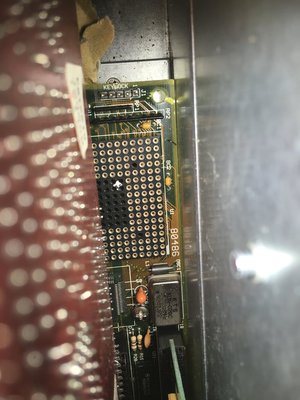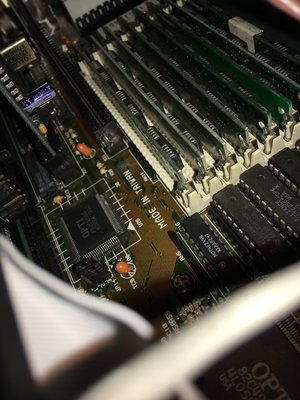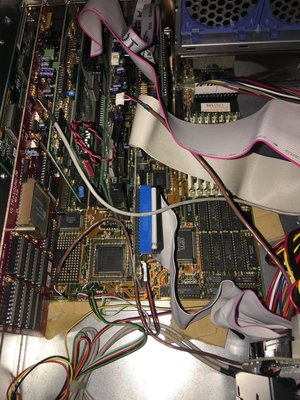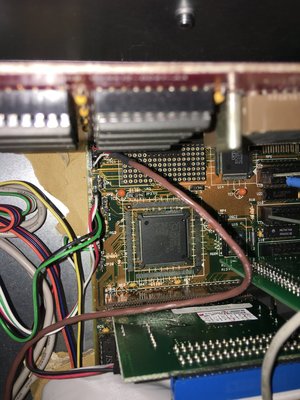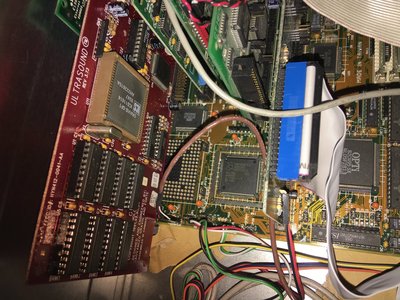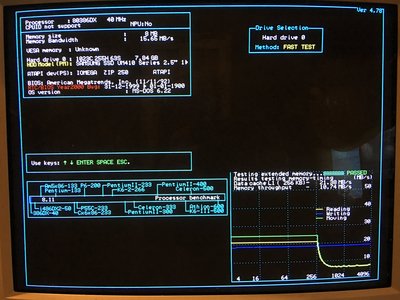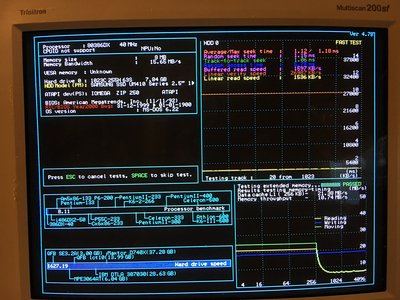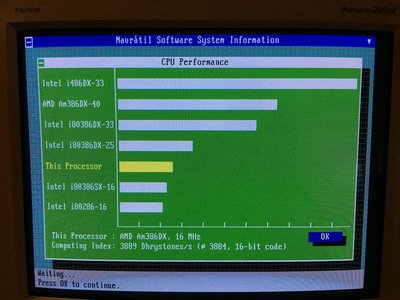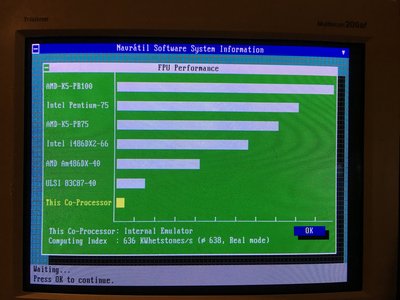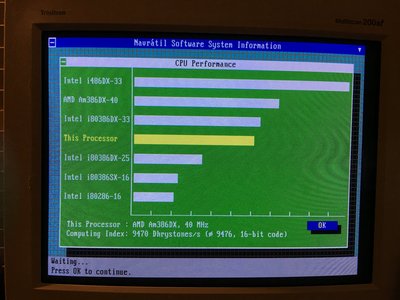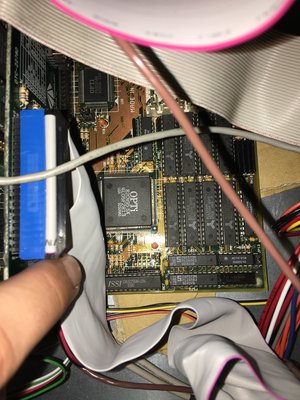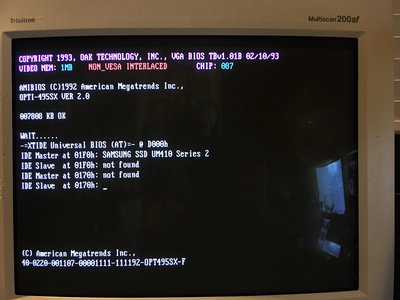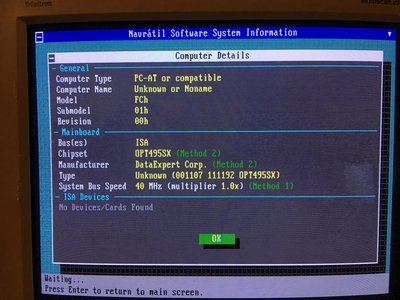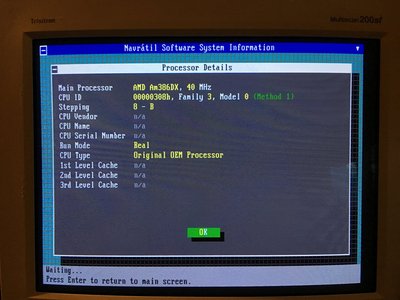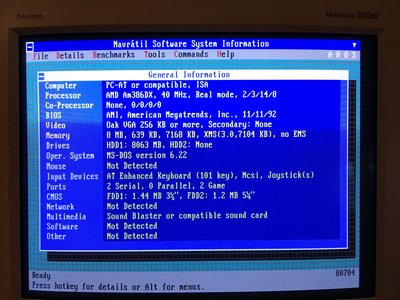Reply 20 of 72, by kixs
- Rank
- l33t
wrote:I will soon be running benchmark comparisons that bear on these questions. […]
wrote:My guess would be 'no'. I bought my 486DX2-66 in 'phases'... Initially I bought the CPU+motherboard, and re-used the memory and […]
wrote:Are there any games which clearly benefit from having VLB card on a 386 system?
My guess would be 'no'.
I bought my 486DX2-66 in 'phases'... Initially I bought the CPU+motherboard, and re-used the memory and ISA VGA card from my 386SX-16.
Even with the DX2-66, the ISA Paradise card I had was doing quite a nice job in most games.
I later upgraded to a Diamond Speedstar Pro VLB, which certainly was faster, but not orders of magnitude.A friend of mine also later got an old 486 machine with ISA only, but with an ET4000 installed. He got even better performance than my Paradise did.
Based on these experiences, I would say that even on a 486DX2-66, the move from ISA to VLB is not that large.
Extrapolating that to the much slower 386DX-33 or 40, I don't think a fast ISA card would be much of a bottleneck at all, in most games.
Yes, in raw bandwidth, the VLB card would be better, but the CPU probably cannot saturate that bandwidth anyway. Besides, a game does a lot more than just writing to videomemory, so the real-world advantage is much smaller than the difference in bandwidth would suggest.Having said that, I would certainly be interested in benchmarks from a 386 with VLB, compared to a fast ISA card, such as the ET4000.
If you were to run a game such as DOOM, can you see a difference?I will soon be running benchmark comparisons that bear on these questions.
I've got a Opti 495SX motherboard with a soldered-on Am386DX-40 CPU, but it only has one VLB slot. Instead of having a fancy VLB video card in there, I've got a VLB multi I/O card, which seems like a better choice for improving system performance. I just snagged a motherboard from Israel on eBay which appears to be the only one for sale in the world which has the same CPU on board, and has --two-- VLB slots. I already figured that what you said in this post is correct, re: video card performance on a 386 system. I just figured it couldn't hurt to have two VLB slots, and I couldn't find any motherboards for sale that are comparable to my Opti 495SX that I currently have (I.e., having just 1 VLB slot.)
The problem with my system is that the CPU benchmarks are just coming in really low. The benchmark numbers for my CPU are showing the performance ofa. 386SX-25 or lower, and I can't explain why. I've done absolutely everything I could think of, up to and including permuting jumper settings, adjusting BIOS settings, and upgrading the cache from 20ns to 15ns, and doubling the amount of cache from 128KiB to 256KiB. Nothing has budged the performance even a tiny bit. Warcraft I runs like complete crap on this system and it's pretty frustrating.
So, I think I'm going to get an ISA-only motherboard with an Am386DX-40 CPU while that other motherboard ships from Israel, and see if, paired with an ET4000 card (which is also on its way) that I can get decent system performance out of it. I'm not stuck on having VLB cards in my 386 system, but I didn't expect to face these weird problems, either.
Thoughts?
Check the jumper for turbo function.
Requests are also possible... /msg kixs
